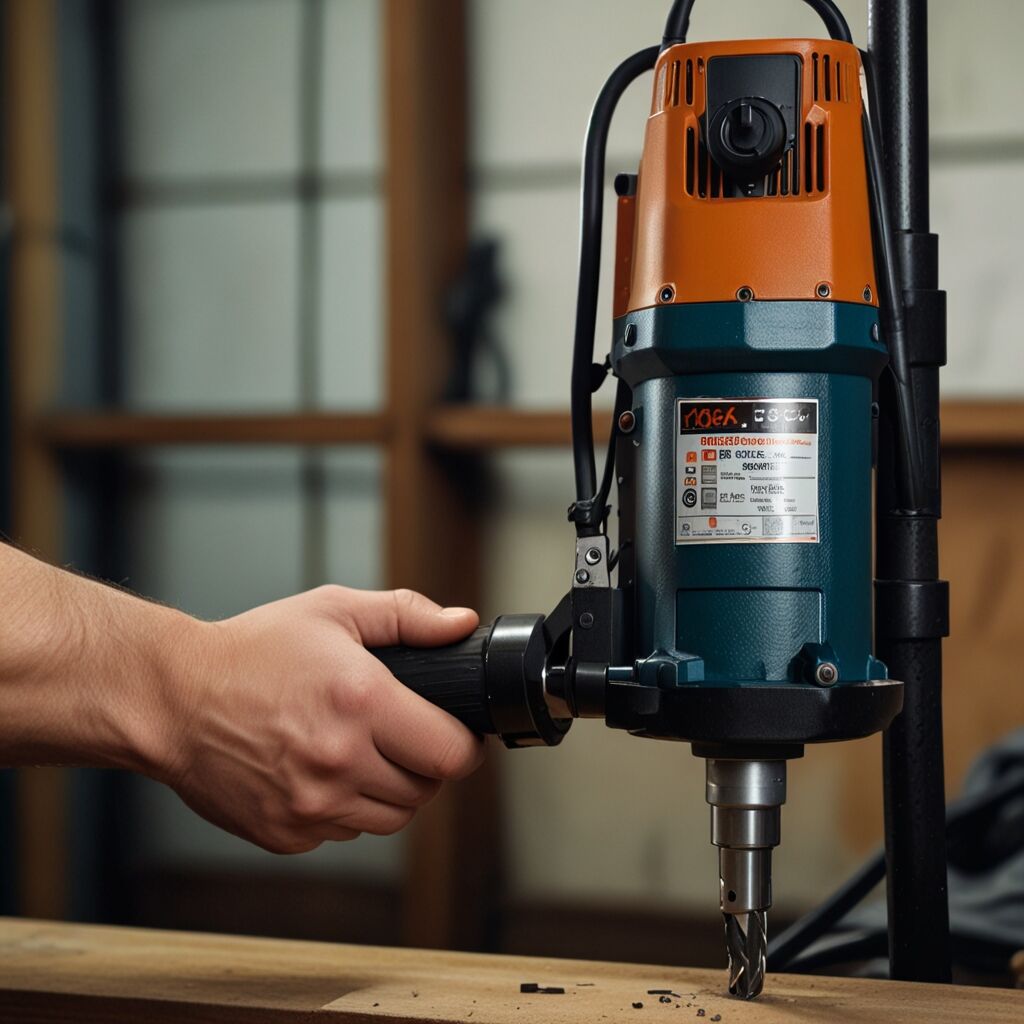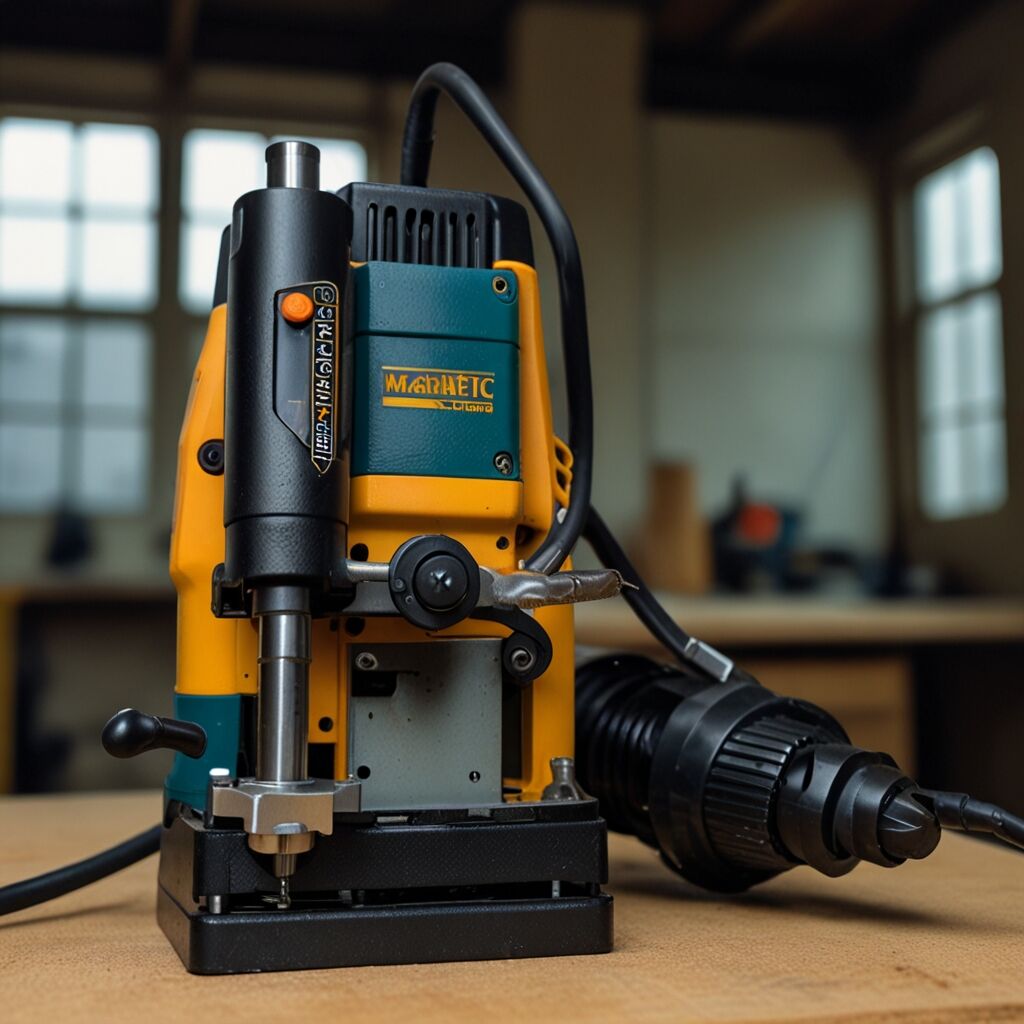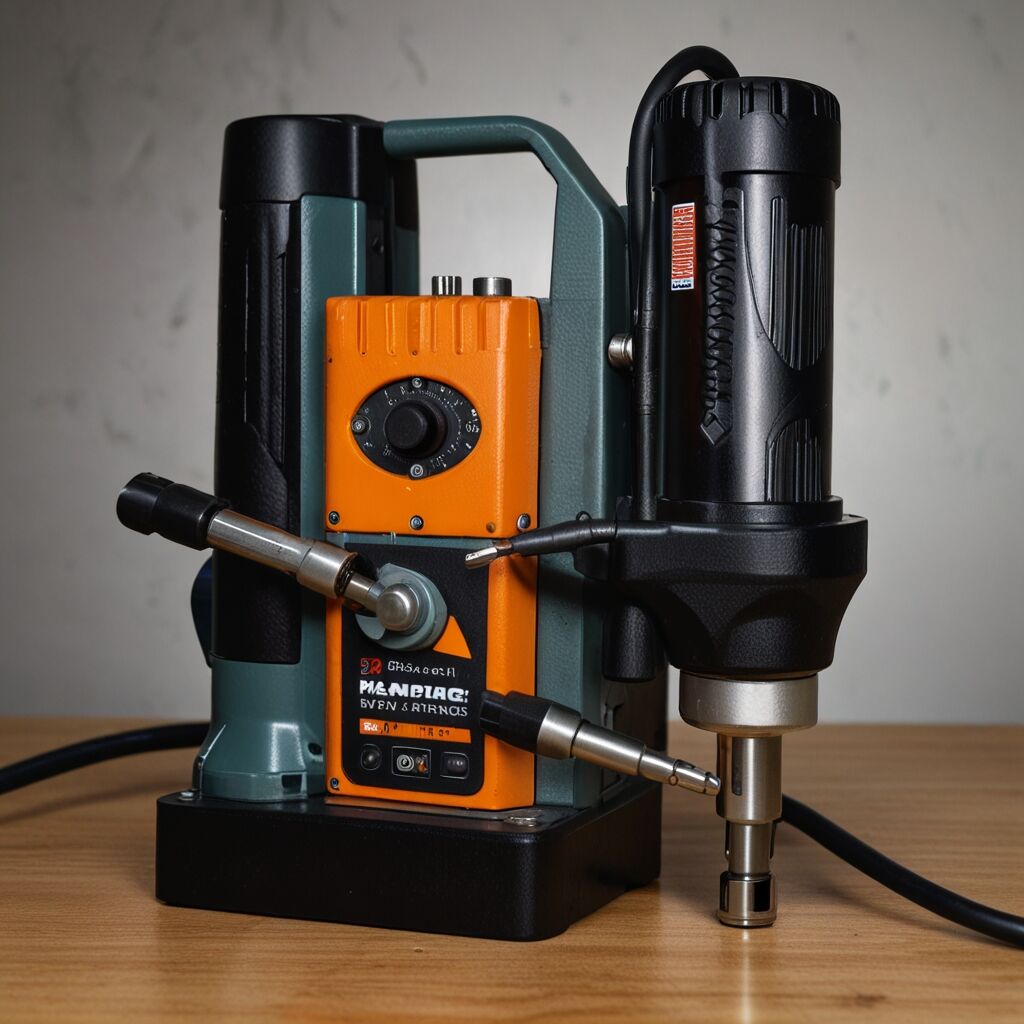Portable Electric Mag aRYB vmrUeLh-FgVSd18OA23qNa18
Category:
Understanding the variable speed function of portable electric mag drills is essential for DIY home improvement enthusiasts. These tools, such as the Portable Electric Mag Drill Press Model aRYB vmrUeLh-FgVSd18OA23qNa18, provide versatile performance, allowing users to select the best drilling speed for various materials, hence optimizing results.

Understanding the Variable Speed Capability of the Portable Electric Mag Drill
The benefits of using variable speed in a mag drill include enhanced precision and tailored performance for different materials. The variable speed function significantly affects drill performance, allowing for adjustments that optimize penetration rates and overall drilling efficiency based on the user’s specific needs.
Different materials require different speeds; for example, softer materials can be drilled at higher speeds, while harder materials necessitate slower speeds to ensure accurate results. The maximum speed range of a portable electric mag drill often falls between 450 and 2,000 RPM, depending on the model.

How does varying speed impact cutting precision in drilling?
The ideal RPM for drilling through steel is generally around 300 to 1,000 RPM, as this range ensures a smooth and clean cut. A typical electric mag drill, like the Magnetic Drill Press Model aRYB vmrUeLh-FgVSd18OA23qNa18, provides speed variations from about 100 RPM to 2,200 RPM, allowing for a wide array of applications.
Selecting the optimal speed can increase precision by as much as 20, ensuring clean holes without burrs. Most models feature anywhere from three to twelve different speed settings, allowing users to find the most effective speed for their specific drilling task.

Exploring the Variable Speed Settings of the Portable Electric Mag Drill
Adjusting speed settings on a mag drill is straightforward, as many models come equipped with user-friendly dials or digital displays. Different materials require distinct speed adjustments; for example, drilling into aluminum typically demands higher speeds than drilling into cast iron.
Universal speed adjustment rules suggest lower RPMs for harder materials and higher RPMs for softer ones, enhancing overall performance. Features such as direct drive motors and electronic speed controls determine speed control in portable electric mag drills, ensuring reliability during operation.

What are the effects of different speeds on drill life and efficiency?
The average lifespan of a drill bit at high speeds can be significantly reduced, often lasting only a few hours of continuous use. Speed affects drilling efficiency; at higher speeds, drilling can take as little as one minute per hole, while slower speeds may take two to three minutes, depending on the material.
Typical hours of use before a drill bit needs replacement vary; bits can often last for up to 20 hours at moderate speeds but may wear out within five to ten hours at maximum speeds. Experts recommend a speed range of 600 to 800 RPM to minimize bit wear, enhancing durability and ensuring efficient operation.
Comparing Variable Speed Functions of the Portable Electric Mag Drill
Various brands differ in their variable speed features; some models include advanced digital controls while others rely on manual adjustments. When selecting a mag drill, key factors to compare include RPM range, torque settings, and user-friendly interfaces that enhance the drilling experience.
User experiences vary with speed settings across brands; some find brands like Milwaukee and Bosch offer superior reliability compared to others. Common issues users face with variable speed functionality include jerky speed transitions or lack of precision at certain speed ranges, highlighting the importance of choosing a model designed for optimal performance.
How can I effectively choose the right speed for different drilling tasks?
The recommended speed for drilling through cast iron typically falls between 100 to 300 RPM, ensuring effective cuts without damaging the material. Different speed settings can optimize each task, with three to five settings generally sufficient for a range of materials.
The top three speeds for common materials when drilling are approximately 300 RPM for steel, 400 RPM for aluminum, and 150 RPM for cast iron, balancing speed with efficiency. Improper speed selection can affect hole accuracy by as much as 0.5 mm, emphasizing the importance of understanding the specific requirements for each drilling task.
